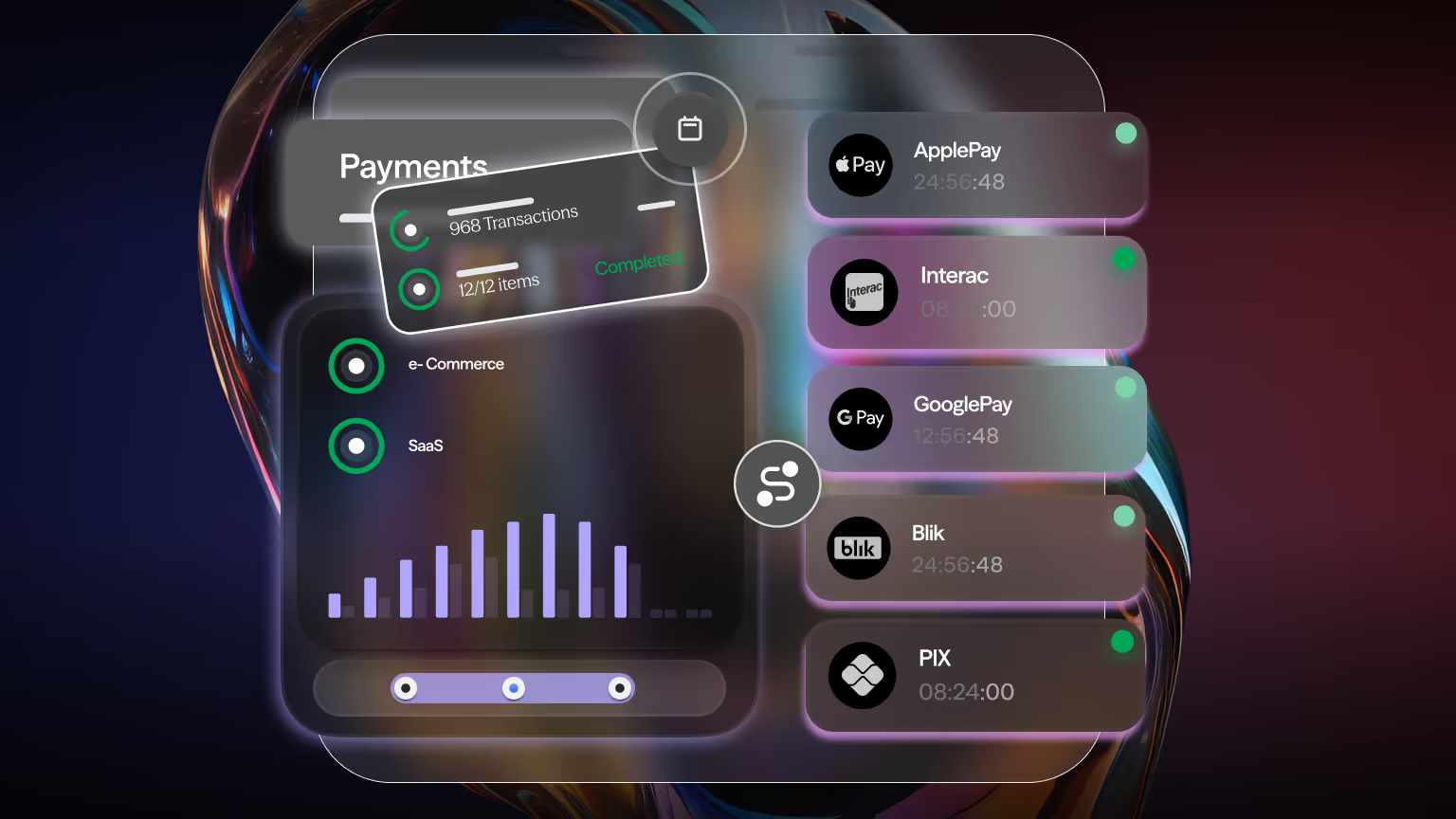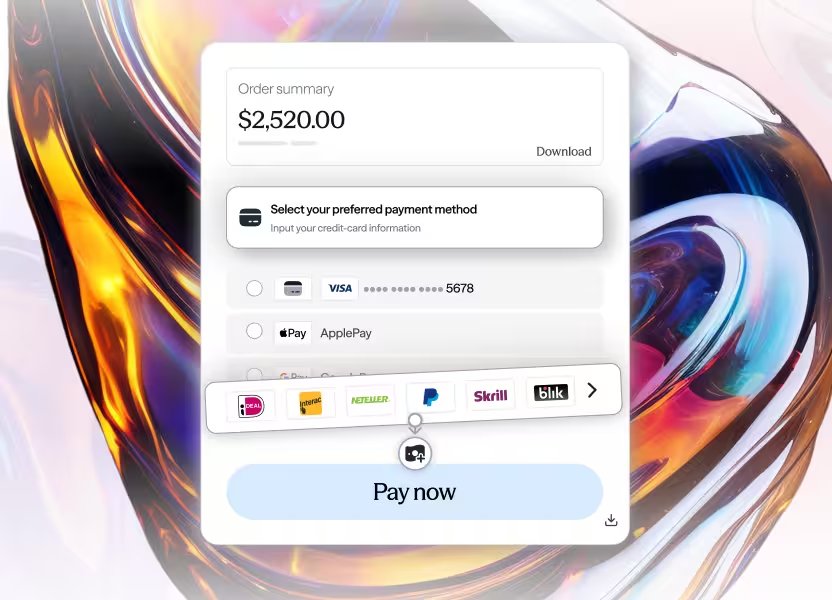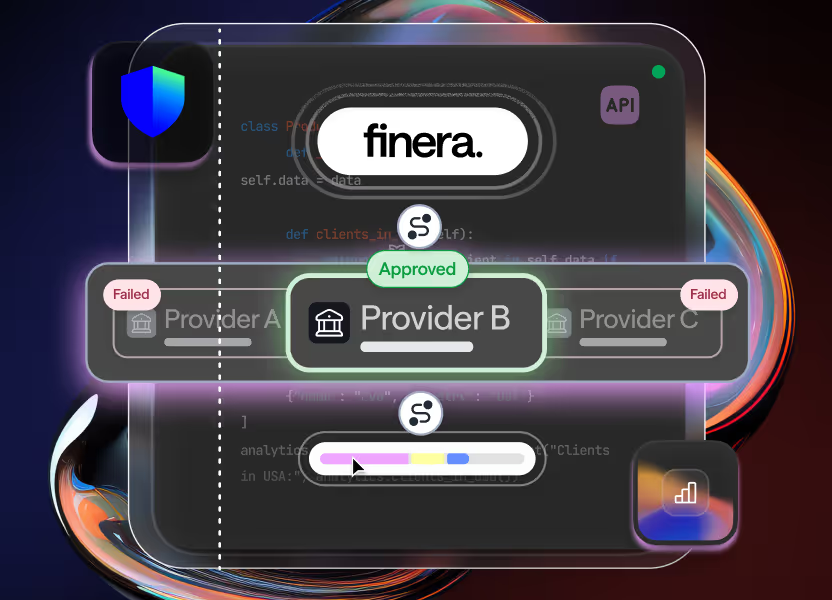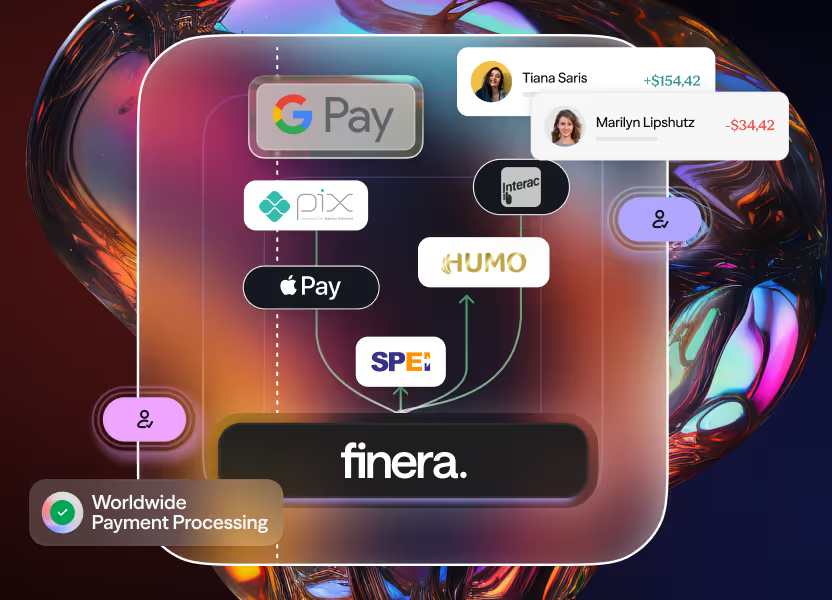Why APMs Are Taking Over iGaming, eCommerce, and SaaS
APMs reshape iGaming, eCommerce & SaaS with higher trust, reach and conversion.

The payments ecosystem is changing faster than ever. Traditional credit and debit cards, once the default for online transactions, are no longer enough to satisfy the expectations of digital-first consumers. Instead, alternative payment methods (APMs) such as digital wallets, real-time bank transfers, crypto and local payment options are becoming the standard across industries like iGaming, eCommerce and SaaS.
Why are these industries embracing APMs so quickly? And what does this mean for merchants who want to expand globally while keeping conversion rates high?
Let’s break down the global rise of APMs and why they are set to dominate the future of digital payments.
The Global Shift Toward Alternative Payment Methods
Consumers today demand speed, security, and flexibility. Cards may still play a role, but they are increasingly being overshadowed by digital wallets, local methods, and cryptocurrency payments that provide seamless user experiences.
By 2030, according to industry reports, digital wallets are expected to comprise more than half (52%) of e-commerce transaction value and 30% of point-of-sale transaction value. By contrast, credit cards are predicted to make up only 22% of e-commerce transactions and 32% of point-of-sale purchases, a sharp decline from 40% and 48% respectively in 2014.
For merchants, this shift cannot be ignored. Cross-border transactions are particularly sensitive to customer preferences. A consumer in Poland may want to use BLIK, one in Southeast Asia may prefer GCash or Maya and another may want to pay in Bitcoin or stablecoins.
The reality is simple: if businesses don’t offer these preferred methods, customers abandon the checkout and take their business elsewhere.
Isn’t it easier to win trust by letting customers pay the way they already know and use every day? That’s the foundation of why APMs are becoming a must-have rather than a nice-to-have.
APMs in iGaming: Beyond Traditional Payment Rails
The iGaming industry is one of the most complex payment environments. Players are often based in multiple countries, dealing with different currencies and regulatory frameworks. Here, APMs provide a clear solution. Digital wallets, instant bank transfers, crypto payments and real-time payment systems allow operators to reduce friction and increase deposit acceptance rates. For players, it means faster deposits, smoother withdrawals and greater trust in the platform.
From the operator side, integrating APMs through a payment orchestration platform for iGaming operators ensures that smart routing can be applied. This means transactions are sent through the provider most likely to approve them, significantly reducing failed deposits, a key issue for player retention.
Operators who hesitate on APMs risk losing not just a single deposit, but a loyal player base. Curious what orchestration can do to fix this? Keep reading.
e-Commerce and the Battle Against Cart Abandonment
In e-commerce, cart abandonment is one of the biggest killers of revenue. Research consistently shows that a lack of preferred payment methods is a top reason why customers leave a checkout unfinished.
Adding APMs like digital wallets, BNPL (buy now, pay later) options, crypto payments and local bank transfer methods directly combats this problem. They deliver the speed and familiarity consumers want, while also giving merchants an edge in new regions.
For global retailers, localising payment acceptance builds trust. Offering multi-currency support and local acquiring reduces cross-border declines and makes shoppers feel more comfortable completing their purchase.
Think about it: would you finalise a high-value purchase if your preferred payment option wasn’t available? Neither would most customers. This is why APMs are now seen as conversion tools, not just payment add-ons.
If reducing abandonment is high on your agenda, adding APMs should be the first step.
SaaS Platforms and the Need for Scalable Payment Options
The SaaS industry is inherently global. A subscription service launched in London may instantly attract customers in Singapore, São Paulo and Stockholm. But with global reach comes complexity: not every customer wants to pay with a card and not every market supports the same methods.
APMs give SaaS businesses the ability to support subscription payments across borders with secure, recurring payment options. Digital wallets and open banking payments reduce reliance on cards, lowering costs while improving success rates for renewals. Crypto payments are also gaining traction in SaaS, especially for tech-savvy users and businesses that prefer blockchain-based transactions for global reach and reduced settlement times.
For product managers and CTOs in SaaS, APMs aren’t just about flexibility, they are about scalability. Adding a new payment method shouldn’t take months of development. By leveraging orchestration, SaaS platforms can quickly add new APMs, including crypto processing, to support global growth without derailing product roadmaps.
The Merchant Advantage: Why Businesses Can’t Ignore APMs
The case for APMs goes beyond customer convenience. For merchants, adopting APMs means:
- Higher acceptance rates by offering methods that customers trust.
- Lower fraud and chargebacks, as APMs often include stronger authentication flows.
- Reduced processing costs, particularly with real-time payments and open banking.
- Access to new markets, where cards aren’t the dominant form of payment.
- Crypto acceptance for borderless transactions and faster settlement.
When layered with a payment orchestration platform, the advantages multiply. Instead of managing dozens of integrations, merchants connect once and unlock access to multiple APMs, card acquirers, crypto processors and fraud tools. Smart routing ensures each transaction is processed through the most efficient and cost-effective path.
In other words, APMs are not just about keeping up with consumer expectations but about building a payment strategy that maximises performance.
The Future of Alternative Payment Methods in Digital Commerce
Looking ahead, the momentum behind APMs shows no signs of slowing down. With regulatory pushes such as PSD2 in Europe and the global rise of open banking and crypto payments, the foundation is being laid for faster, cheaper and more secure alternatives to traditional rails.
Merchants across iGaming, eCommerce and SaaS need to ask themselves: are we treating APMs as an optional extra or as a core part of our payment strategy? The future clearly belongs to businesses that embrace flexibility, optimise for local markets and put customer preference at the centre of checkout design.
Alternative Payment Methods Are Reshaping Global Commerce
The debate is over, alternative payment methods are reshaping global commerce across iGaming, eCommerce and SaaS. They are no longer a secondary option but a strategic advantage for businesses that want to grow internationally, boost acceptance and reduce costs.
For merchants, the decision is clear. Do you want to risk losing customers to failed transactions and limited options? Or do you want to turn checkout into a conversion engine powered by the payment methods people actually use, including wallets, open banking and crypto?
The answer lies in embracing APMs today, before your competitors do.
At Finera, we help businesses integrate APMs and multi-currency support through one unified platform, backed by smart routing and 24/7 support. Talk to our team today to streamline your payment strategy and unlock higher acceptance rates.
Frequently Asked Questions

Still Have Questions?
Let’s Find the Right Solution for You
Stay Connected with Us!
Follow us on social media to stay up to date with the latest news, updates, and exclusive insights!









